The use of MAPLE for the deposition of macromolecular thin films has been investigated by Princeton researchers.


The use of MAPLE for the deposition of macromolecular thin films has been investigated by Princeton researchers.
Amorphous graphene, copper clusters, and solar cells – these and more in February’s physics highlights.
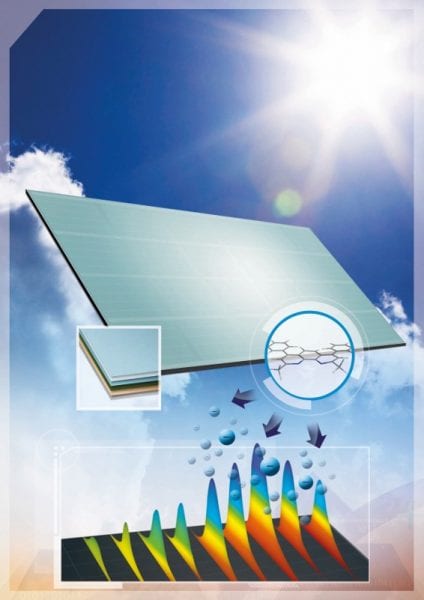
Scientists at ICFO develop a new organic photovoltaic cell which is more efficient at producing energy .
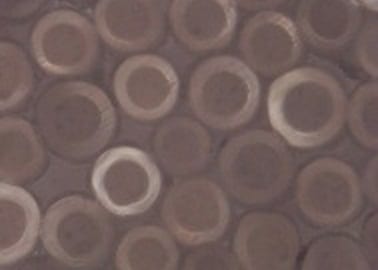
Melt-processed fibres have been found to be biocompatible and biodegradable with no cytotoxicity.
Unexpected breakthrough could bolster quantum photonics and solar cell efficiency.

Researchers create fine patterns that combine single-atom-thick graphene and boron nitride.
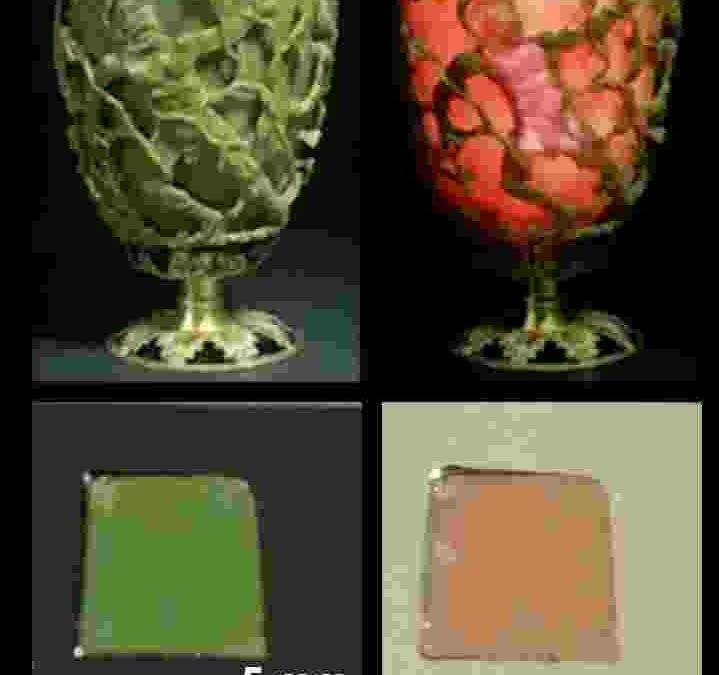
Professor Logan Liu and co-workers at University of Illinois create large-area, high-density nanoscale arrays based on the the Lycurgus Cup.
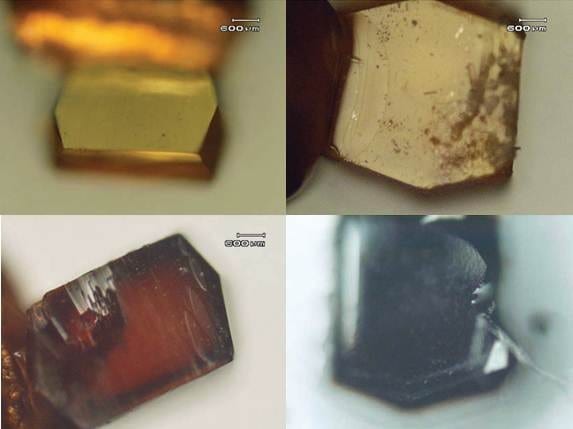
Scientists at the University of Southampton find strong absorption in metal-infiltrated crystals, which they assigned to localized surface plasmon modes.
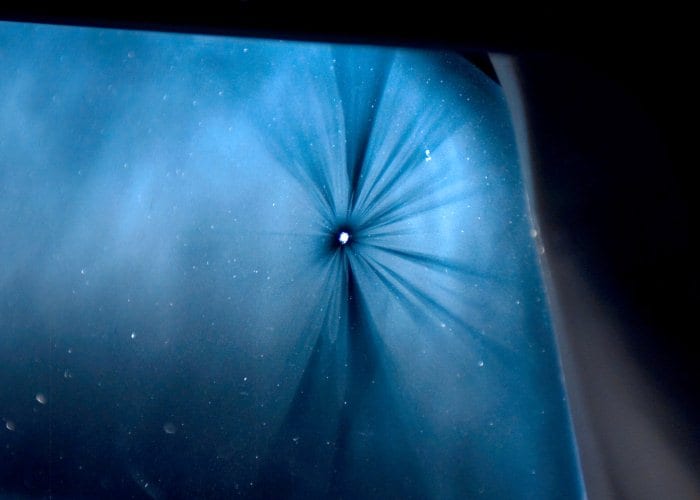
Scientists report in Advanced Engineering Materials a new materials for shielding spacecraft from micrometeroid and space debris impact.
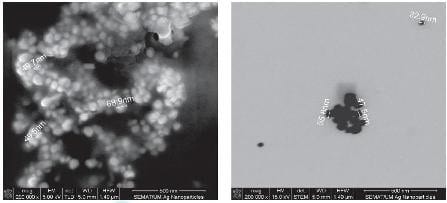
Size affects the deposition of silver nanoparticles onto polyamide fabrics, Portuguese researchers have found.